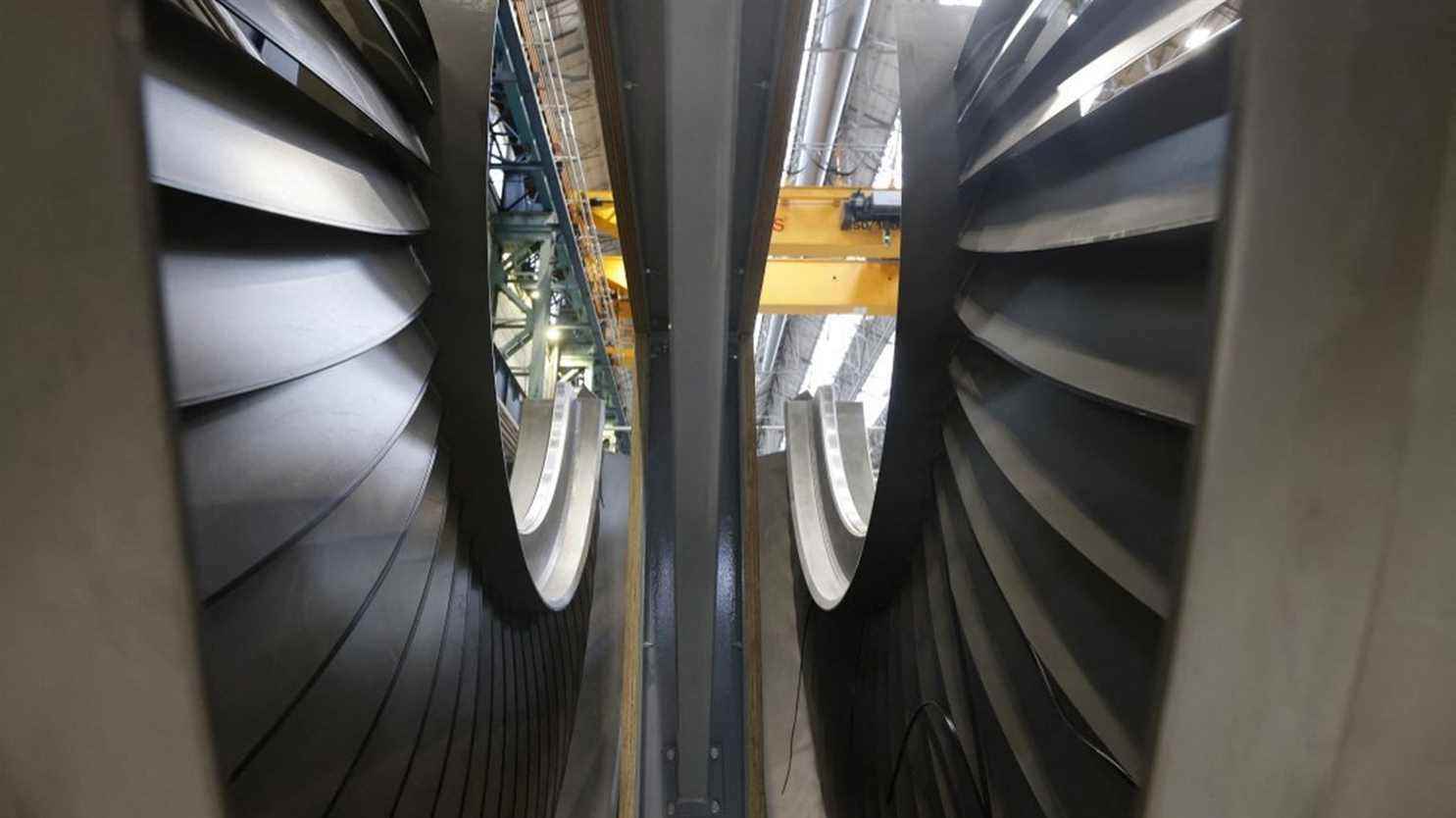By 2050, the energy produced and consumed in France should no longer produce CO2 emissions. Thursday, February 10, Emmanuel Macron unveiled his plan, “the site of the century.
franceinfo: What is this announced program for renewable energies?
Gregoire Lecalot: In 2050, therefore, the energy produced and consumed in our country should no longer produce CO2 emissions. A revolution, since even today, fossil fuels – oil, natural gas and coal – represent two thirds of consumption. The effort proposed by the Head of State to develop renewable energies is historic.
Solar energy, elevated to the rank of priority because it is cheaper and better integrated into the landscape than wind power, will see its production capacity multiplied by 10. And offshore wind power is called upon to perform a real tour de force: from zero parks to around fifty, knowing that the first, off Saint-Nazaire, should be commissioned at the end of this year, 11 years after the start of the project.
Delays precisely that the president wants to reduce?
5 years to get a solar project out of the ground, 7 years for a wind farm: it reduces the profitability of projects, and it encourages disputes. Too many regulatory layers, regrets Emmanuel Macron. He intends to remove the regulatory barriers for projects that are accepted by the inhabitants who surround them.
So solar and wind are intermittent energies, which do not produce permanently or on demand: a problem for Emmanuel Macron. But he hopes to exceed it by opening a credit of one billion euros for research on energy storage. This would make it possible to draw it, if necessary, even when the climatic conditions are not favorable.
A massive development of renewable energies therefore. But did the President of the Republic really have a choice?
Actually no. The effort made is commensurate with France’s delay in the field. Emmanuel Macron has also admitted it, we are starting from afar. According to the European Union, France is the only country of the 27 not to have reached its objectives in terms of the development of renewable energies: in 2020, they represented 19% of energy consumption, whereas they should have been at 23%.
The objectives set are certainly new, but they are not as ambitious as those of nuclear power. In some of its scenarios, the network operator, RTE (relectricity transmission network)went further on solar or offshore wind power. As for onshore wind power, which arouses the most opposition, the president bluntly explained that he wanted to slow down the pace, and in fact, it will take 30 years to achieve the objective initially planned in 10 years.
Emmanuel Macron also had no choice because, in any case, EDF cannot build more nuclear reactors. The public electrician, faced with a loss of skills – as shown by the Flamanville site – is not able to repeat the industrial feat of the current fleet: fifty reactors in twenty years.
The president only placed a firm order for six units, six EPR2s, because that was EDF’s proposal, which couldn’t do more. Emmanuel Macron’s renewable energy development plan is historic, but above all out of pragmatism.
